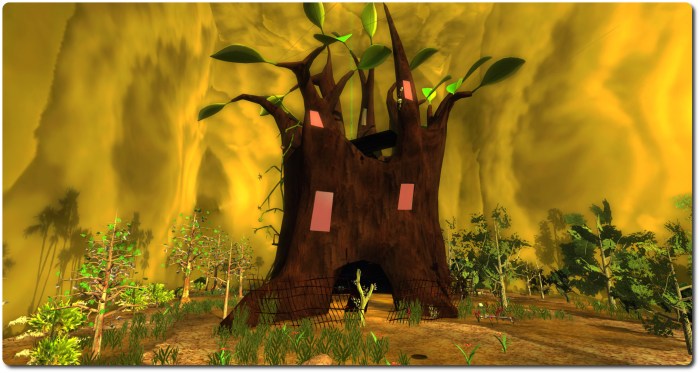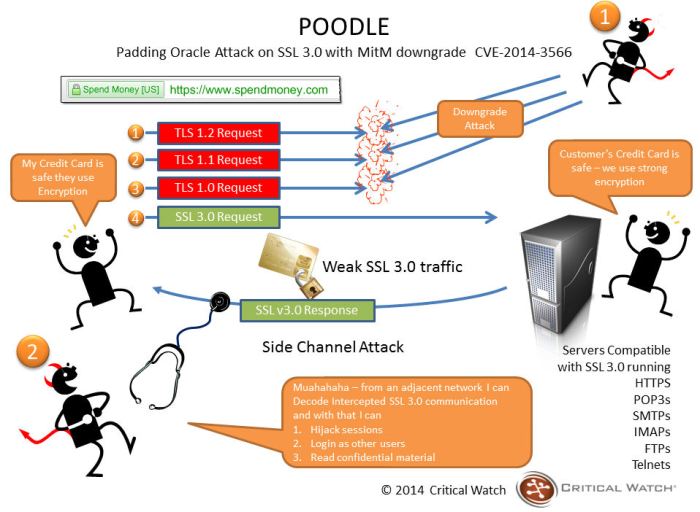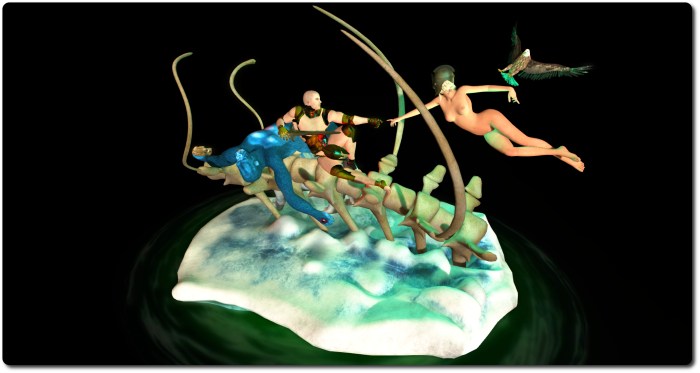 Over the years, AIR has presented artists with the opportunity of using a full sim region and offering SL residents immersive environments they can enjoy. Over the years, this has led to some fascinating and quite amazing installations which might otherwise never have seen the light of day. Other times, it has to be said, the results have been less than satisfying.
Over the years, AIR has presented artists with the opportunity of using a full sim region and offering SL residents immersive environments they can enjoy. Over the years, this has led to some fascinating and quite amazing installations which might otherwise never have seen the light of day. Other times, it has to be said, the results have been less than satisfying.
As life has been keeping me a tad busy of late, I decided to combine recent visits to three of the current LEA Artist In Residence (AIR) installations into a single article. Into which of the above two categories they might fall is a matter of individual choice.
Travel Narratives into Trees
Uan Ceriaptrix uses Travel Narratives into Trees to offer visitors insight into the things that please him: natural environments unfettered by the imprint of human intervention, coloured by the natural flora and fauna within it, how these define reality for us, and the responses they evoke within us.

Or at least, that’s the intent. On an island which itself has a distinctly organic shape, perhaps a creature swimming in the sea. From this rise a series of leafless trees, almost claw-like in their appearance. Eye-like buds grow from the trees, while your path along the island creature is marked by giant ants, flowers and the skeletal forms of what might be dogs. The path leads to a smaller island, guarded by crocodiles (complete with a pose, if you fancy being their next meal) and on which can be found a teleporter leading you up to the second part of the installation.
Here sits a desert-like landscape, albeit one with plenty of trees and shrubs, in the midst of which sits a gigantic hollow tree which appears to be part study, part laboratory. Stairs and platforms wind their way upwards inside and around it, leading the visitor to various scenes of labour.

Metaphor is strong here, with clues provided by the artist’s biography and the notes accompanying the build. Whether the metaphor measures up to the visitor’s eye, however, is perhaps questionable.
Cultural Hysteria
Mario Zecca’s Cultural Hysteria is designed to be a piece that grows of the months of its existence. Starting with the build at ground / water level, successive platforms will be added over time, with the installation as a whole used as a venue for music, dance and poetry events.

Mario says of the installation, “the textures in the 3D prims, were derived from a process of automatic drawing. I used color or scribbles to create a texture or area and then allowed the images to arise. These are images that I have “drawn” from my imagination, the feedback from a lifetime of studying while I enjoyed cartoons, comic books, illustration and academic drawing. While building the installation here I had my avi walk around to get the walking point of view and perspective. My goal is to share and convey, in the form of an immersive visual environment, the unknown, undocumented and unmeasured language of art.”

The result is certainly colourful, and does require a fair amount of camming around to see. The region is filled with prims, some flexi, some static, some of which display static images, others moving images, some of which have glow applied, and so on. In terms of potential appeal, however, I’m really not sure how this installation will strike people. Perhaps we’ll only be able to really make a determination once all the levels have been added and, as Mario promises, the title of the piece becomes evident as they arrive.
Ovis Aries
So to Sheep – or to use the Latin as creator Sowa Mai (aka artist Stephen Beveridge) does, Ovis Aries. From the start, this piece is somewhat unusual and hard to define. Take the description, for example:
Sowa Mai has once again sidestepped his original idea and brought us a complete bastardization of the whole Second Life art ouvre. With this pile of shit he has left on our doorstep it is safe to say this will be the last time he is invited to participate. Don’t miss it.

Well, errm. Yes. Interesting reading. Taking the proverbial pee? And if so, at whom? The artist himself, or the “whole Second Life art ouvre”? It would be easy to conclude the latter, but let’s not be so hasty.
Your arrival is marked by a trio of sheep, one of whom can be chatty. If you’re on your own, it will initially discard with any pleasantries with a curt, “Go get a friend and we’ll talk…”. However, wait long enough, or have someone else present, and the sheep will engage in some ostentatious art babble – a poke, perhaps, at the world of art critics?

The sheep stand on a barren landscape enclosing, quarry-like, a body of water and shrouded in an evocative, misty windlight. A single stone tower rises from this landscape, while four transparent prims located to one side of the land offer a sound scape of crowd noises. At the top of the tower, celestially spotlighted sits … a turd, while down just above the water (and below it, for those who look) are images of the artist’s real-life abstract art.
Again, metaphor runs strong here, right down to the title of the piece. For those looking for a clue as to intent of this piece, a note card from the artist available at the landing point might hold a clue or two, dwelling as it does on issues of judgement. There is also a hint of questioning identity as well, found both within the note card and perhaps in the way the images of the artist’s work are presented.
Given that judgement does play a role in the artist’s definition of the work, I’ll leave it to you to form your own opinion of this installation – exactly as he intended.
Related Links
- Travel Narratives in Trees – LEA14 (Rated Moderate)
- Cultural Hysteria – LEA15 (Rated: Moderate)
- Ovis Aries – LEA22 (Rated: Moderate)



